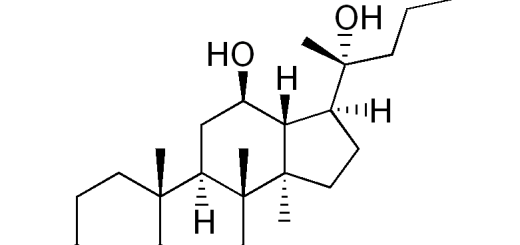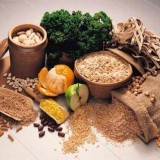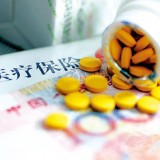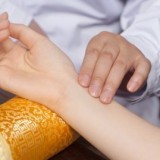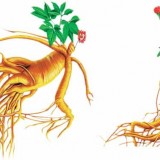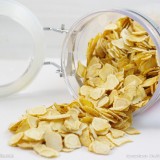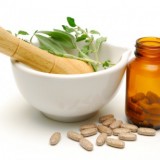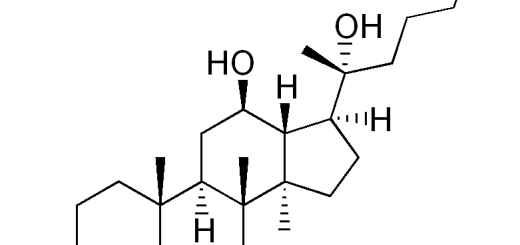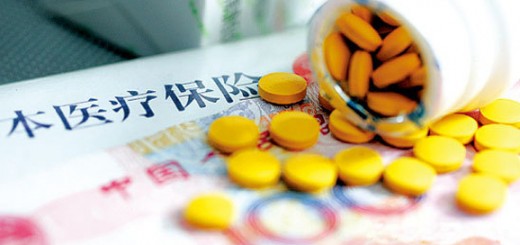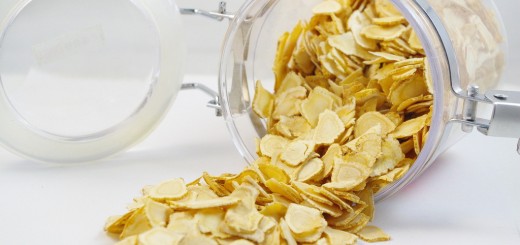心肌缺血缺氧可以引起严重的并发症,例如心绞痛、心肌梗塞、心律失常和猝死。引起心肌缺血缺氧的主要原因是供应心脏血液的冠状动脉下载,导致血流量减少。目前对于冠状动脉狭窄的治疗除了直接的手术扩张外,主要是以药物舒展血管治疗为主。然而,增加心肌细胞对缺氧缺血的抵抗力,也不失为治疗的一种手段。
当前的研究表明,人参皂苷Rb1能够增加心肌细胞对缺氧的抵抗力,降低心肌细胞的损伤和死亡,从而降低缺血缺氧引起的心脏损害。这篇研究发表在《实证补充与替代医学》医学杂志上,下面是该论文的英文摘要。
Related Articles:
Ginsenoside rb1 protects neonatal rat cardiomyocytes from hypoxia/ischemia induced apoptosis and inhibits activation of the mitochondrial apoptotic pathway.
Source: Evid Based Complement Alternat Med. 2014;2014:149195
Authors: Yan X, Tian J, Wu H, Liu Y, Ren J, Zheng S, Zhang C, Yang C, Li Y, Wang S
Abstract
Aim. To investigate the effect of Ginsenoside Rb1 (GS-Rb1) on hypoxia/ischemia (H/I) injury in cardiomyocytes in vitro and the mitochondrial apoptotic pathway mediated mechanism.
Methods. Neonatal rat cardiomyocytes (NRCMs) for the H/I groups were kept in DMEM without glucose and serum, and were placed into a hypoxic jar for 24 h. GS-Rb1 at concentrations from 2.5 to 40 µM was given during hypoxic period for 24 h. NRCMs injury was determined by MTT and lactate dehydrogenase (LDH) leakage assay. Cell apoptosis, ROS accumulation, and mitochondrial membrane potential (MMP) were assessed by flow cytometry. Cytosolic translocation of mitochondrial cytochrome c and Bcl-2 family proteins were determined by Western blot. Caspase-3 and caspase-9 activities were determined by the assay kit.
Results. GS-Rb1 significantly reduced cell death and LDH leakage induced by H/I. It also reduced H/I induced NRCMs apoptosis induced by H/I, in accordance with a minimal reactive oxygen species (ROS) burst.
Moreover, GS-Rb1 markedly decreased the translocation of cytochrome c from the mitochondria to the cytosol, increased the Bcl-2/ Bax ratio, and preserved mitochondrial transmembrane potential (ΔΨm). Its administration also inhibited activities of caspase-9 and caspase-3.
Conclusion. Administration of GS-Rb1 during H/I in vitro is involved in cardioprotection by inhibiting apoptosis, which may be due to inhibition of the mitochondrial apoptotic pathway.
PMID: 25120573 [PubMed]
Source: Dammarane Saponins 
















